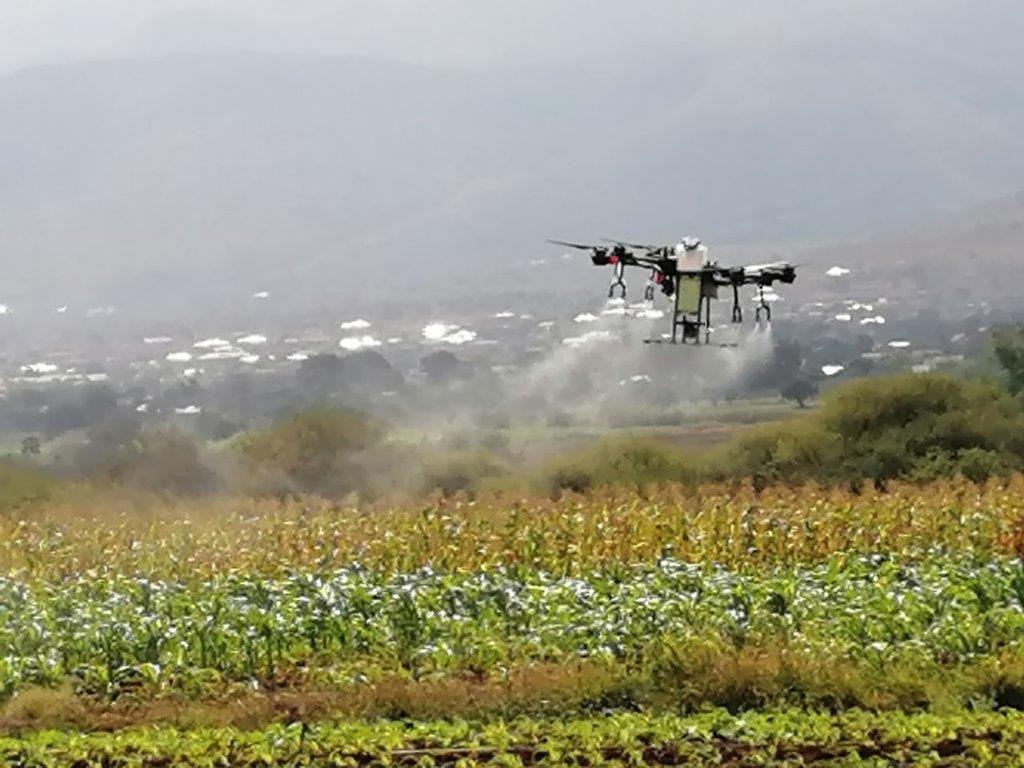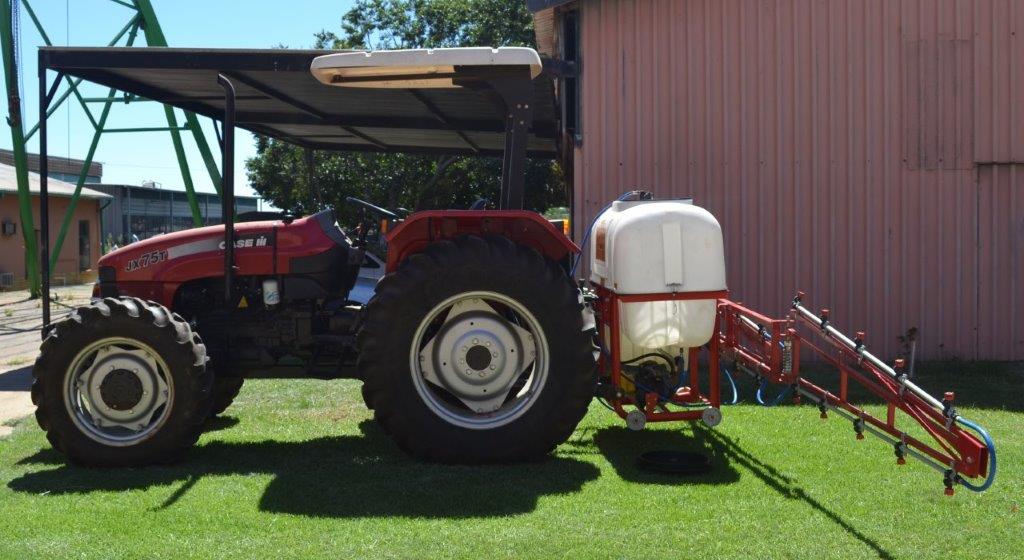Climate change is leading to increasing water scarcity. Agriculture is one of the biggest users of water worldwide. Appropriate methods and systems of irrigation are, therefore, critical to the objectives of achieving higher irrigation efficiency to achieve the much-needed savings in water usage.
To achieve water savings and remain profitable, farmers must pay careful attention to how their chosen irrigation systems affect other operations on their farms; in particular how the chosen irrigation systems affect mechanisation activities such as planting and harvesting operations. Precision agriculture uses modern methods for mechanised operations in the farming enterprise. In this article, the focus is to discuss how the drip irrigation system affects mechanisation operations and how a combination of precision agriculture and modern drip irrigation system design can lead to optimal irrigation and mechanised operations resulting in reduced costs and increased profitability.
Land preparation
The drip is typically considered a permanent irrigation system because the system is not moved for at least the entire growing season and can stay in place for several growing seasons. Since the system stays in the same place for a considerable period, careful consideration must therefore be given to the layout of the system. For example, there should be pathways for mechanisation equipment such as tractors and other farm machinery. To achieve this, special tools and case considerations – as discussed below – need to be applied.

Spraying of a field with liquid fertiliser using a drone.
GIS Mapping: The use of Geographic Information Systems software to precisely map the farming field and area for irrigation has emerged as a popular system for precision agriculture. Every area of the field is mapped to within a cm to optimise the planting area while making clear layouts of where the tractor wheels must pass. To achieve this, the type of tractor (two wheels or four wheels) as well as tractor width should be known for the precise design of the layout. Crop type: Drip irrigation is popular in orchard farming due to the ability to directly target the root zone of the orchard.
In addition, land preparation for orchards happens once in their production life span. Orchard harvesting equipment also needs access to the field. This may be in the form of trucks rather than harvesters. Thus, some of the pipes may have to be buried underground to ensure access to heavy equipment. This can be achieved through a combination of precise mapping and design to ensure optimised access points and routes in the field.
Skilled labour: Handling or operating precision agriculture equipment requires highly skilled operators. The use of unskilled labour can easily cause damage to the irrigation pipes, which are quite expensive. Tractor wheels can also damage the pipes if the driver is not sufficiently skilled. The drip irrigation system is expensive to install and fragile to operate; hence this system needs literate handlers who are good with numbers to control the irrigation scheduling with the assistance of appropriate software.
In addition, combining mechanisation planning with optimal irrigation scheduling requires a skilled overall farm manager. Therefore, all levels of labour must be skilled to achieve optimal results in terms of asset utilisation while minimising water use with the drip irrigation system.
Weeding and pest control
Drone spraying technologies: Drone spraying is a relatively new method of spraying and is ideally suitable for drip irrigation because there is no ground movement of equipment during spraying. The challenge with drone spraying is mostly due to regulations as an operating license can be challenging to obtain as well as the consequential costs.
Elevated spraying vehicles: This specialised equipment has wheels thin enough to pass in between rows while being elevated enough to be above the crop. The irrigation layout and selection of the equipment must both be considered to ensure synergy when operating the drip irrigation system.
Harvesting: Drip irrigation may be unsuitable for crops such as wheat which need specialised harvesting equipment and relatively tight spacing. The harvester header is very low during harvesting and therefore pipes cannot be above ground. In addition, costs may be prohibitive since wheat is grown in a larger area.
In summary
Drip irrigation is preferred in high cash crops such as orchards where spacing for mechanised equipment is relatively easier to achieve and land preparation activities are infrequent.
We thank the ARC Institute for Agricultural Engineering in South Africa which made this article available for our readers. For any enquiries send an e-mail to mbokazic@arc.agric.za or mutemam@arc.agric.za.
Source: ARC-Natural Resources and Engineering Agricultural Engineering Campus









